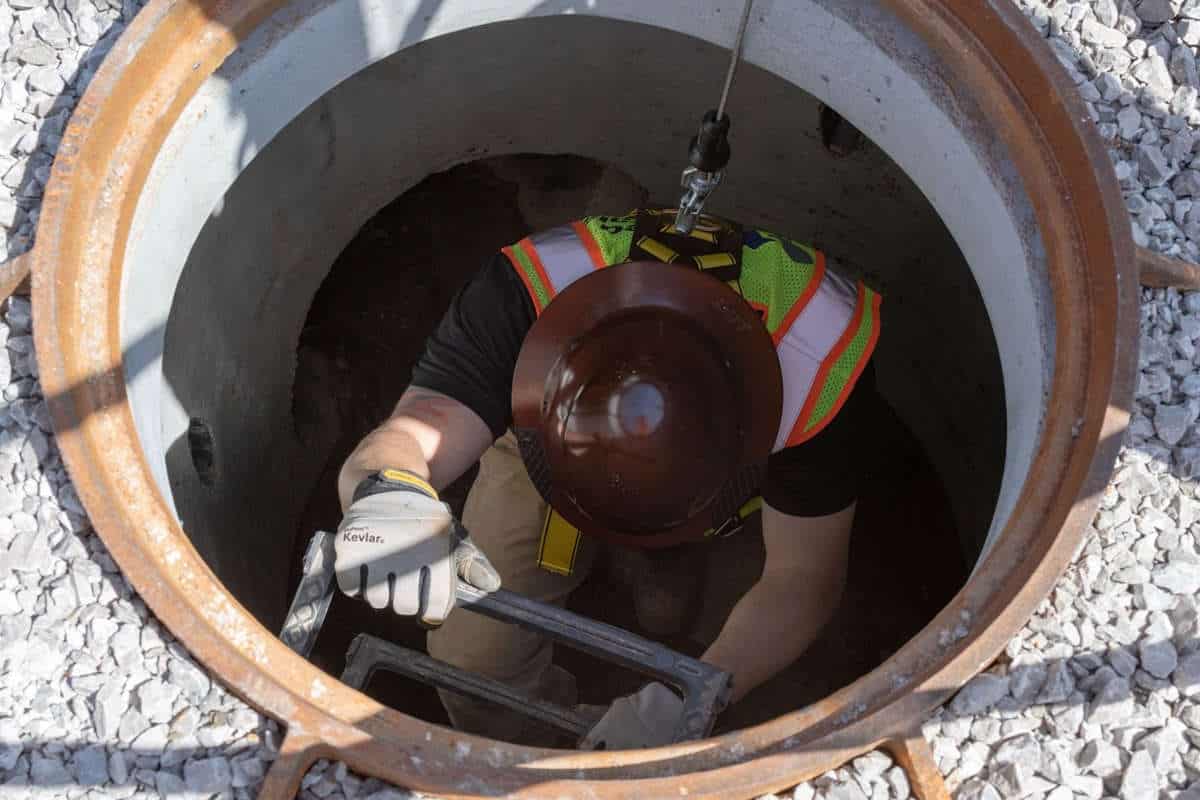Making Congress Listen
 On March 18, 2015, the 2014-2015 NUCA Chairman Ron Nunes testified before the House Appropriations Committee’s subcommittee on Interior, Environment and Related Agencies about the growing need for federal investment in water infrastructure. The testimony had two primary objectives.
On March 18, 2015, the 2014-2015 NUCA Chairman Ron Nunes testified before the House Appropriations Committee’s subcommittee on Interior, Environment and Related Agencies about the growing need for federal investment in water infrastructure. The testimony had two primary objectives.
First, the growing prevalence of infrastructure failures is evidence of the beginnings of a nationwide epidemic. For the past several years, NUCA has provided the rhetoric and the statistics about the cost of doing nothing, but Congress and the government have failed to act. The problem with Congress is the same problem our infrastructure faces on the local level: Infrastructure is out of sight and therefore out of mind. At least until it fails and isn’t out of sight anymore.
During the month prior to testifying, the Clean Water Council highlighted severe infrastructure failures found in each of the subcommittee members’ districts. Each of the committee’s 11 members had at least one, and in many cases several, infrastructure emergencies in the last six months. These stories, which can be found on the Clean Water Council’s blog www.cleanwaterweekly.com, make it painfully obvious how widespread infrastructure failures have become. Stories range from urban areas in states like California and New York, to suburban locations in Ohio and Minnesota, to rural in Oklahoma and Idaho. Failing infrastructure is a problem from sea to shining sea, and it was important for Ron’s testimony to bring this message to subcommittee members’ homes to show them it is not an isolated problem but happening everywhere.
The size and scope of these failures send the clear message that any solution to these infrastructure failures requires a federal role. The EPA’s State Revolving Fund (SRF) Programs are both efficient and effective infrastructure financing mechanisms, but they have been significantly underfunded.
The second objective of testimony is to convince and empower the Appropriations Committee to fund the EPA’s SRFs to a level that takes meaningful steps to closing the gap between funding and needs rather than continue allowing it to grow. According to the EPA’s Drinking Water Infrastructure Needs Survey and Assessment, America’s drinking water infrastructure needs will cost $384.2 billion over the next 20 years — a nearly $50 billion increase over the last assessment, indicating we are losing ground and falling further behind. In order to convince Members of Congress to increase appropriations, we must have significant motivating incentive.
Fortunately, there is not a much better incentive for an economy struggling to find footing than creating jobs and economic development, and investing in infrastructure does both. For every billion dollars in infrastructure investment as many as 27,000 jobs are created, between $2.8 and $3.4 billion in economic stimulation is generated, and state and local receive approximately $80 million in additional tax revenue. This additional tax revenue can be used by local governments to leverage greater investment in their infrastructure, and isn’t that exactly the kind of investment the federal government should be funding?
With these two objectives, clearly and locally highlighting the problems of failing infrastructure and providing a clear and beneficial solution, Ron was able to articulate how investing in the EPA’s Clean Water SRF and Drinking Water SRF will, over the long term, decrease the prevalence of infrastructure failure due to age and deterioration, as well as stimulate job growth in an industry that is much higher than the national average. Gone are the days of letting politicians give mere lip service to creating jobs in their districts; now they have a proven way to do so. Also gone are the days that politicians can reasonably remain blissfully ignorant to infrastructure failures or dismiss the issue as a state and local issue — it is a national issue now.
It has been said before, but it warrants repeating: Very few politicians oppose a federal role in clean water and drinking water infrastructure. The problem is apathy. Congress governs from perceived emergency to perceived emergency. Unfortunately, the current status of water infrastructure has not reached the fever pitch volume required to drown out the volume of other perceived emergencies. What we are trying to avoid, but may be the only catalyst, is an increased prevalence of infrastructure failures that creates a national crisis, such as a series of cataclysmic infrastructure failures that costs businesses, personal and government pocketbooks to a level Congress can no longer ignore. Waiting for this to happen will cost significantly more tax dollars on both the state and federal level than addressing the issue now.
While NUCA only has the opportunity to testify before the Appropriations Committee once per year, when the Committee is considering funding levels for the prior year, NUCA and the Clean Water Council take this message to Capitol Hill year round.
Ron did an incredible job discussing America’s infrastructure with the subcommittee. He was able to bring NUCA’s message to their local districts in a way they could no longer ignore and showed them the benefits of actions they could easily take. Even with the sheer size and scope of the federal budget, Ron correctly pointed out that subcommittee members would be hard pressed to find an appropriation that is spent more effectively with the same multiplying return on investment as the State Revolving Funds.
Bravo Ron! Now let’s make our case to 535 more Members of Congress!
Will Brown is NUCA’s Director of Government Affairs.




